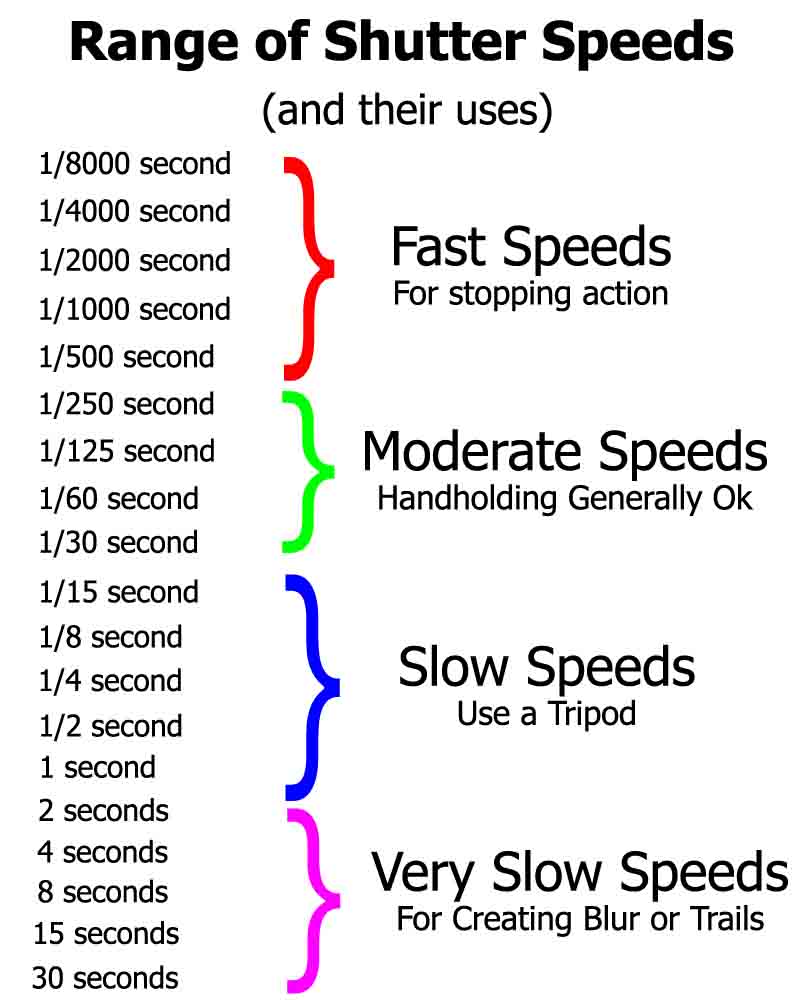Hello! As I promised you last time, today I will talk to you about what shutter speed is and how you can use it in producing the most creative pictures. Let's begin!
What is the shuter?
In order to talk about shutter speed we must first know what a shutter is. The shutter is the mechanical part of the device that controls the exposure time of the sensor to light. It can be likened to a curtain that opens for a time set (automatically) by the device or user.
What's the shutter speed?
The shutter speed represent the time in which the sensor receives the light and the picture is taken. As I said above, the exposure time can be set automatically by the camera or it can be set manually by you.
How does exposure time affect photos?
As I said, the shutter speed is the amount of time the shutter stays open and allows light to reach the sensor. If the shutter speed is fast (expouser time is short), the action will "freeze" (ie all elements will be clearly visible). If the speed is slower (long expouser time), the moving elements in the picture will have an effect called "motion blur" (they will turn into blur lines).
How is the exposure time measured?
It is measured in seconds (1, 15, 30) and fractions of seconds (1/2, 1/250, 1/4000). Most of the time, the maximum exposure time reaches 30 seconds, but it can also reach 60 minutes or even more.
How are exposure times used?
Usually, for photos you take on sunny days, you can use exposure times shorter than 1/250 sec. so as not to capture all the light. For the photos in which you want to "freeze" the action, you can use exposure times of less than 1/1000 in order not to create that motion blur effect that I told you about above.
That being said, I have reached the end of the second article in the "Beginner's Guide" series. I hope this article helped you and I hope I explained it in a language that is as easy to understand as possible :) Byee!👋👋🙏





Comments
Post a Comment